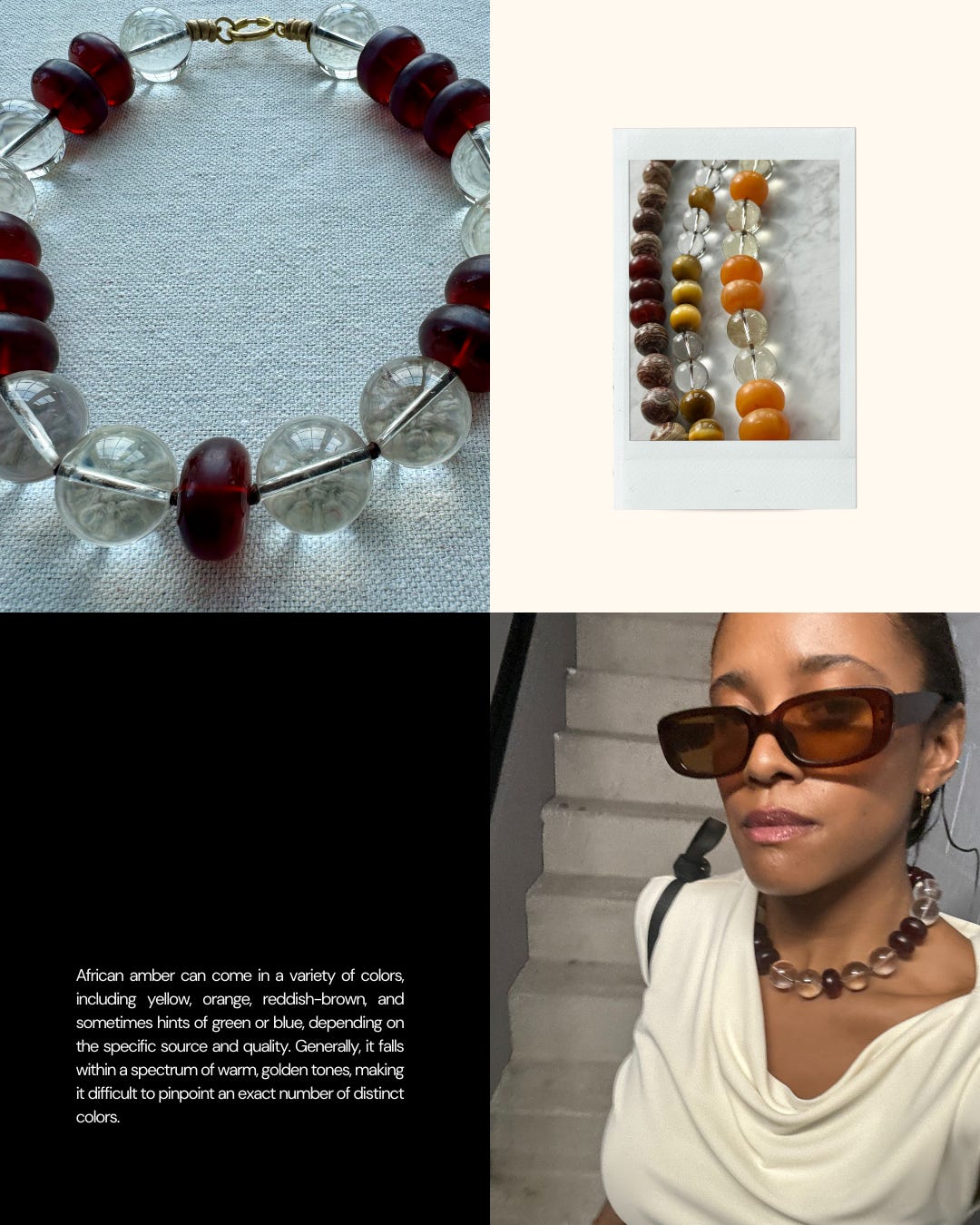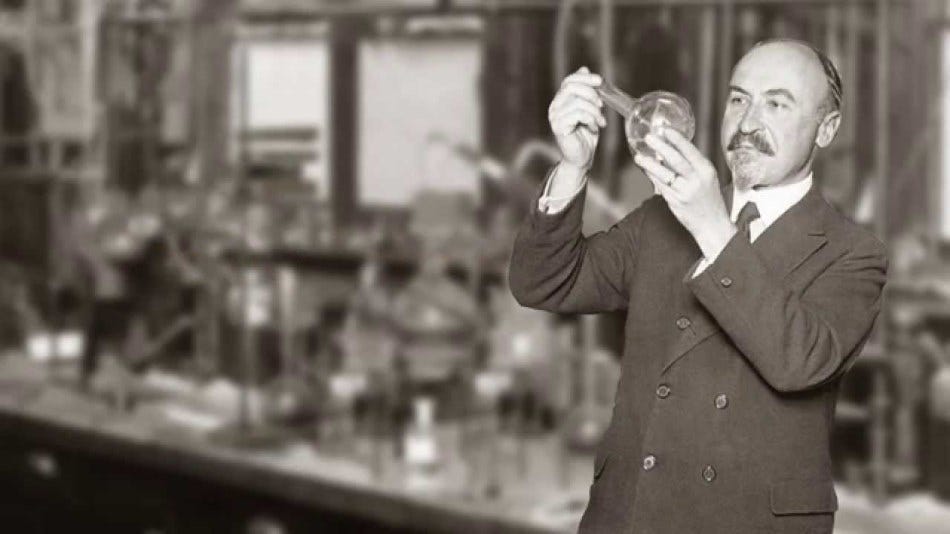The Fascinating World of African Amber and Its Imitations
Unveiling the Mysteries of African Amber
When I first stumbled upon the enigmatic resin beads from an African antiques dealer at DanceAfrica, little did I know about the captivating history of African amber or the passionate community of collectors surrounding it. The initial purchase was impulsive—driven by the sheer beauty of the beads, with no inkling of their backstory. However, the few necklaces we crafted from these mysterious orbs were met with an enthusiasm that propelled me on a journey to unearth more of this African treasure.
Our efforts to thoughtfully source materials meant we only had a limited amount of beads to work with. This scarcity, paired with the overwhelming popularity, only fueled my curiosity—and what I discovered was a narrative steeped in innovation, craftsmanship, and colonial history.

Rosanna Falabella and The Story of Synthetic Amber
Much of what we now comprehend about African amber and its counterfeits is owed to the in-depth research by Rosanna Falabella. She revealed a journey that began with the remarkable era of material innovation in the 20th century—a response to fears of exhausting natural resources like ivory due to astounding population growth in Europe from 1800-2000.
Bakelite: A Cultural Milestone
The development of Bakelite, patented by Leo Baekeland in 1909, marked a cultural milestone. This phenol-formaldehyde thermosetting resin didn't just mimic amber's appeal; it transcended it with superior durability and resistance to craze. As a beacon of industrial progress, Bakelite was the first synthetic plastic, heralding an industrial boom that touched fields as diverse as electronics and aerospace.
Colonialism and Synthetic Beads in Africa
The scramble for Africa wasn't just territorial; it was a hunt for new markets triggered by depression in Europe. Beads, regarded as a form of currency and status, became prime commodities. The Sachse bead manufacturer in Jablonec nad Nisou capitalized on this, playing a pivotal role in supplying imitation amber and ivory to the budding African bead market.
The Allure and Debate of African Amber
Today, African amber is a term fraught with connotations—often linked to beads made from Bakelite masquerading as the real deal. These beads, baptized “African Amber” or “Copal Amber,” might emanate from European origins, likely crafted between the world wars. Falabella's research suggests that many transactions were potentially shrouded in deceit with buyers unaware of the substitutions.
Vivid Hues and Cherished Mistakes
Initially a drawback, the instability of phenol resins, which caused colors to morph, became a beloved feature. A tantalizing array of hues emerged from the alchemical dance of heat and chemistry—every color shift celebrated for its unique charm.
Distinguishing Real from Faux
Falabella's work extends beyond mere history, offering pragmatic insights to discern genuine amber from its synthetic doppelgängers. Shapes, density and the presence of crackle lines are all clues—phenolic resin beads are denser and can show marbling, while amber is lighter and reacts to body oils. Investigation is, however, complicated with the advent of "Fakelite" and new alkyd resins post-1950s, requiring a trained eye and additional testing.
Educational Endeavors and Practical Tests
Translating research into practical solutions, Falabella developed tests for identifying bead material—such as the Simichrome and 409 tests—though these can fail if the bead has been altered through heat. Additional tests, from scratch-and-sniff methods with a bead reamer to the hot pin test, reveal the olfactory signatures of various materials. To aid collectors and enthusiasts, Falabella even crafted a Plastic Bead Identification Kit.
Embarking on a Discovery
Having uncovered this treasure trove of history and science, I returned to the quest for African amber with a fresh perspective. With our commitment to authenticity and sustainable sourcing, we aim to share not just the allure of African amber but also its storied past—with every necklace we offer, carrying a legacy from the age of Bakelite to the hands of the modern collector.

This narrative, sparked by an accidental foray and fueled by scholarly pursuit, showcases more than just gems and jewelry—it unveils a saga where relics of the past tell tales of innovation, art, commerce, and the timeless human quest for beauty and understanding.






